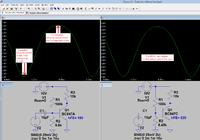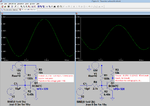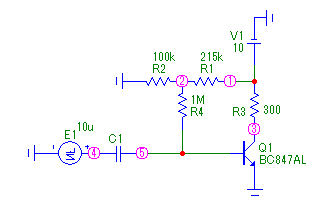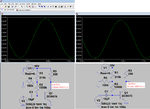cool_buddy
Newbie level 3

- Joined
- Jul 2, 2014
- Messages
- 4
- Helped
- 0
- Reputation
- 0
- Reaction score
- 0
- Trophy points
- 1
- Activity points
- 45
The amplifier has three stages.The input source is photodiode BPW34. i want to calculate gain for individual stages.i don no wat formula should be used.How to calculate...pl sumone help.I attached the circuit diagram.Also wat s te difference of taking output from emitter than collector??






